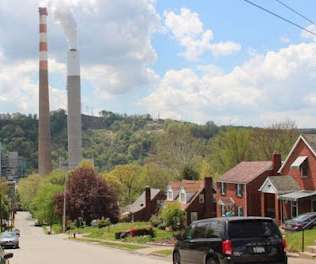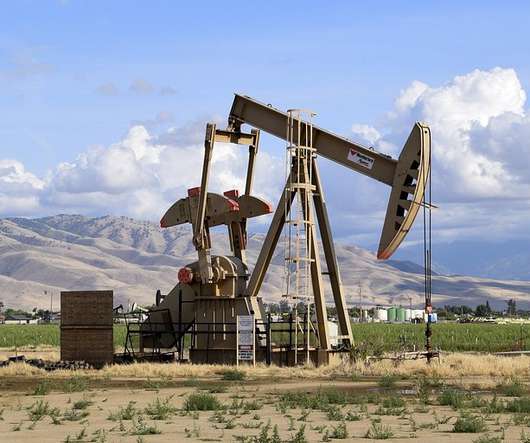Good News—and Bad—about Fossil Fuel Power Plants in 2023
Union of Concerned Scientists
MARCH 23, 2023
In 2021 alone, the plants slated for retirement emitted more than 28,000 tonnes of nitrogen oxides (NO x ), 32,000 tonnes of sulfur dioxide (SO 2 ), and 51 million tonnes of carbon dioxide (CO 2 ), according to EIA data. pollution, which are particles with diameters of 2.5 micrometers or less. million deaths globally.






















Let's personalize your content